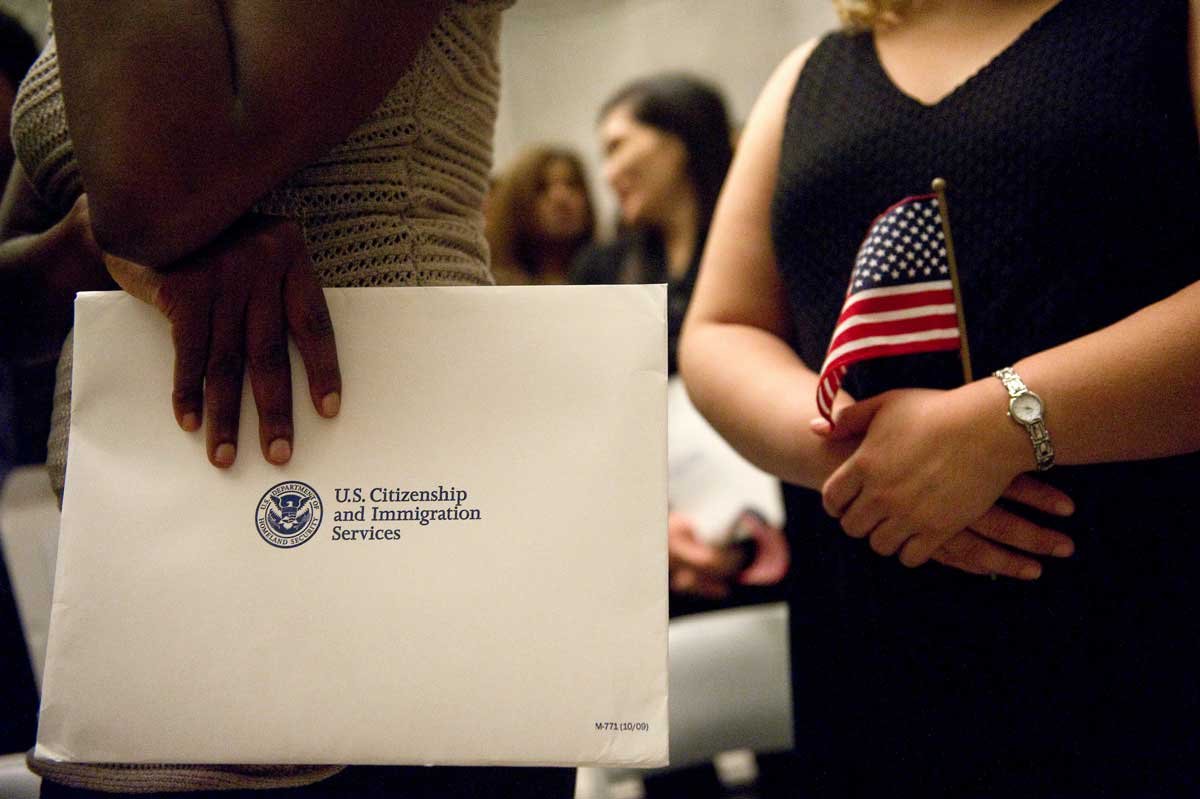The number of people wanting to live in the US is constantly increasing, and so are the applications for US citizenship. The people who apply believe that in doing so they will provide a better life for their family because the benefits of being a US citizen are appealing. If you are considering applying, there are a couple of important procedures and facts you need to know.
One is that there are two primary sources of citizenship in the US and that is birthright and naturalization. Depending on the applicant’s situation, they need to provide supporting documents to the USCIS. For example, green card holders who apply for citizenship based on a marriage to a US citizen must provide extra documentation like a marriage certificate and their spouses’ US passport.
Below you can find some helpful information about applying for US citizenship.
US Citizenship through naturalization
Eligibility
You need to check your eligibility to apply for US citizenship. These requirements depend on your immigration status. Some of the basic requirements depend on how long you’ve had a green card, how long you physically lived in the US, and whether you’ve served in the US military.
For example, if you are a permanent resident i.e. a green card holder with no particular circumstances, you can apply for citizenship at least 5 years after obtaining your green card. Another case is if you’ve been married to a US citizen for at least 3 years and lived together then you can apply for citizenship at least 3 years after obtaining a green card.
If you’ve served in the US military for at least 1 year during peacetime, you can apply for citizenship while in active duty or within 6 months of separating honorably from the military. On the other hand, if you’ve served in the US military for any period during wartime, you can apply for citizenship anytime and you don’t need to be a green card holder.

Prepare all of your documents
Another important thing that people forget to mention is the USCIS requirement for a certified translation of all documents. As the code says that the submitted documents containing foreign language need to be accompanied by a full English language translation that is complete and accurate.
The USCIS translation certification requirements are a bit difficult to achieve, but with a competent and professional translator, you are good to go. In order to avoid visa and immigration rejection, it is always better to be prepared with a certified translation of your documents.
Requirements for naturalization
In order to get citizenship, you must also satisfy some requirements in addition to waiting 3-5 years after getting your green card. Exceptions are based on age, disability, peacetime, or wartime military service. There are 10 steps to naturalization you need to complete when filing for US citizenship, but here we will only mention some of them.
You must be at least 18 years old and you must be a resident of the state you plan to apply for at least 3 months. You mustn’t have taken six months or longer trips outside of the US during the 3 or 5 year wait period.
You must have good moral character, meaning you did not commit any type of crime such as murder, intentionally lying to the US government, or lying on your naturalization interview. You must pass a naturalization test and interview. And lastly, you must defend the Constitution of the US.
Naturalization process
If you have already established that you are eligible for US citizenship, the next step is to prepare Form N-400, which is an application for naturalization, and pay the filing fees. Once you have submitted the Form N-400 application, USCIS will send you a receipt.
Important information you should know is that as long as you have satisfied all other eligibility requirements, you may submit your N-400 application as early as 90 days before reaching your 3-5 year wait period as a green card holder. The second step is setting up a biometrics appointment i.e. getting your fingerprints taken.
The third step is the interview and exam. The citizenship interview is usually scheduled 14 months after filing your application. During the interview, a USCIS officer will confirm whether the information on your naturalization application is valid. If you are applying from abroad, then your interview will take place in an embassy or consulate. About the exam, there are two parts: one is the English language test and the other is the civics test.
Remember not to panic, because these tests are basic and the USCIS usually provides study materials to help you prepare. Once you’ve passed the interview and exam, the USCIS officer will approve your application. Sometimes you might need to schedule a second interview and bring some additional documentation. In case you don’t pass, the USCIS will send you a denial letter explaining why you were rejected, but no worries, you can appeal to their decision within 30 days of receiving the letter.
Other forms of citizenship applications
One of these is dual citizenship. This means that a person may be a citizen of another country as well as the US. The US law does not require a person to choose only one citizenship. If you have dual citizenship and plan to travel to the US, make sure to use your US passport to enter and leave the country. You can of course decide to give up or lose US citizenship.
Another one is citizenship without a birth certificate. If you were born in the US but don’t have any birth certificate you will need a couple of different documents to prove your citizenship such as a letter from the vital records office in your birth state, including your name and year of birth. In case you were born outside the US and your US parents did not register your birth at the US embassy or consulate, then you may apply for a US passport and you will need your foreign birth record with your parents’ names, evidence of your parents’ US citizenship, and your parents’ marriage certificate.
In closing
The next step for most green card holders is to become a US citizen. This citizenship provides many benefits such as not being deported, traveling with one of the most powerful passports in the world, applying for a green card for your relatives, your children automatically becoming US citizens (even if they’re born abroad), easily applying for jobs in the US government, and no longer having to deal with immigration paperwork, just to name a few. Good luck!














Comments